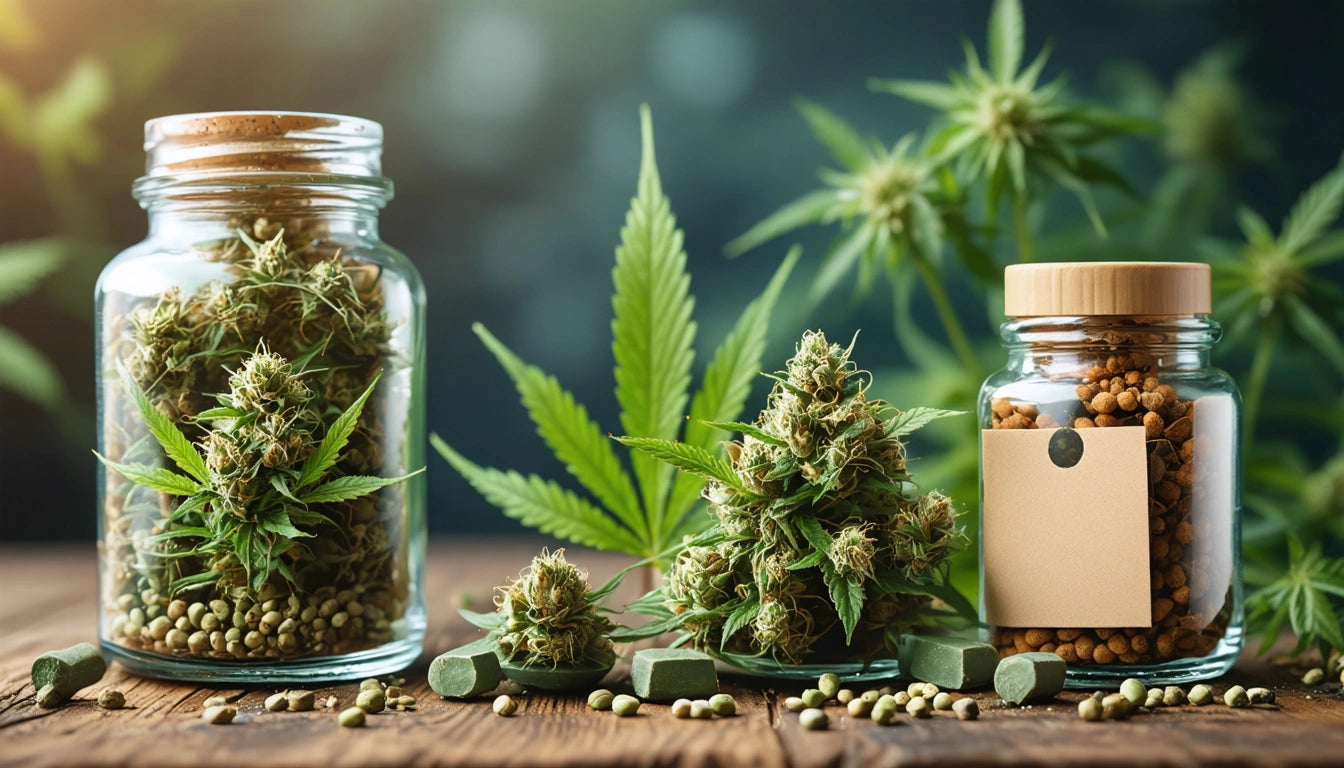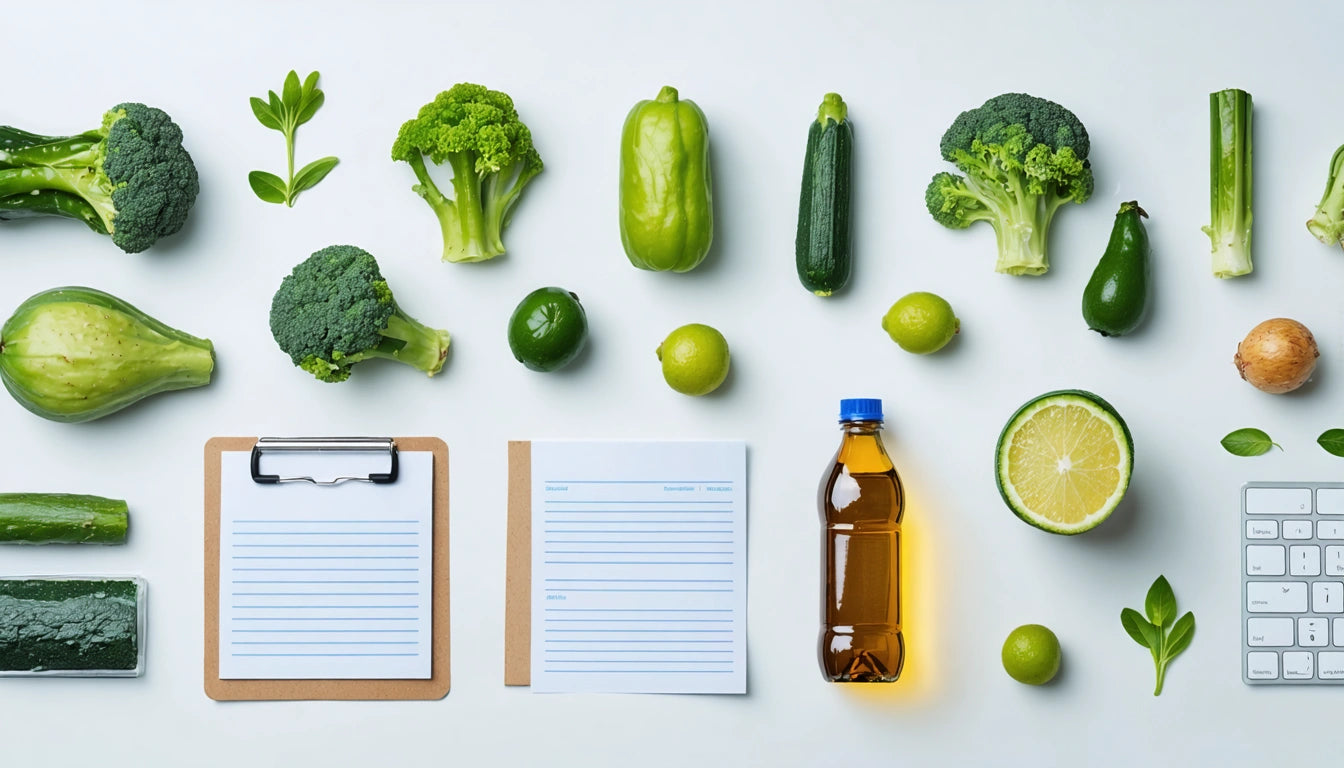Table of Contents
The Impact of Typography in Packaging Design
Typography in packaging design serves as more than decorative text. It communicates brand values, influences consumer perception, and drives purchasing decisions. In the cannabis industry, where visual differentiation is crucial in competitive markets, typography choices can determine whether a product stands out or blends in on dispensary shelves.
Typography as a Brand Identity Cornerstone
Typography establishes brand recognition and communicates product positioning. Font choices reflect brand personality, whether premium, accessible, medicinal, or recreational. Consistent typography across packaging creates visual cohesion that strengthens brand recall.
According to industry research, brands with consistent typography across their cannabis flower packaging solutions demonstrate stronger consumer loyalty and recognition. The typeface becomes as identifiable as the logo itself, serving as a visual shorthand for the brand's values and product quality.
Typography Elements in Brand Identity
- Primary brand fonts for product names and key messaging
- Secondary fonts for descriptive content and specifications
- Tertiary fonts for legal information and supplementary details
- Consistent spacing, kerning, and leading across packaging lines
Font Selection Psychology and Consumer Perception
Different fonts evoke distinct emotional responses. Serif fonts often communicate tradition, reliability, and sophistication, while sans-serif fonts project modernity, clarity, and accessibility. Script fonts can convey craftsmanship or premium positioning, while display fonts create distinctive personality.
Research on packaging fonts that drive sales shows that font selection influences perceived product quality and value. For cannabis products, font choices can signal whether a product is medicinal, recreational, premium, or value-oriented.
Font Categories and Their Perceptual Impact
- Serif fonts: Traditional, trustworthy, established
- Sans-serif fonts: Modern, clean, accessible
- Script fonts: Artisanal, premium, personalized
- Display fonts: Distinctive, characterful, memorable
- Monospace fonts: Technical, precise, informational
Typography Hierarchy and Readability
Effective typography establishes clear information hierarchy, guiding consumers through essential product information. This hierarchy helps consumers quickly identify product names, types, potency, and other critical details.
For cannabis packaging, typography impacts consumer perception of product efficacy and reliability. Clear hierarchical organization ensures consumers can find critical information like THC/CBD content, strain type, and usage guidance.
Creating Effective Typography Hierarchy
- Size contrast between primary and secondary information
- Weight variation to emphasize important details
- Color differentiation for distinct information categories
- Spacing and grouping to organize related information
Typography and Negative Space Integration
The relationship between typography and negative space significantly impacts packaging effectiveness. Strategic use of white space enhances readability and creates visual balance that draws attention to key messaging.
Learning how to use negative space in label design can transform typography from merely functional to visually compelling. In cannabis packaging, where space for branding is often limited by compliance requirements, mastering this balance becomes essential.
Negative Space Techniques for Typography
- Margin control for breathing room around text elements
- Line spacing adjustments for optimal readability
- Letter spacing considerations for visual rhythm
- Strategic placement to create focal points
Typography in Compliance and Regulatory Contexts
Cannabis packaging faces strict regulatory requirements that directly impact typography decisions. Warning statements, THC content, and other mandated information must be presented with specific size, prominence, and legibility standards.
Effective typography navigates these requirements while maintaining brand integrity. The challenge lies in incorporating required elements without compromising the overall design aesthetic or brand identity.
Compliance Typography Considerations
- Minimum font sizes for warning statements
- Contrast requirements for legibility
- Prominence guidelines for THC/CBD content
- Space allocation for required regulatory information
Future Typography Trends in Cannabis Packaging
Typography in cannabis packaging continues to evolve as the industry matures. Several emerging trends are shaping the future of how brands communicate through type:
Variable fonts offer unprecedented flexibility, allowing single font files to adjust weight, width, and other attributes dynamically. This technology enables more responsive design across packaging sizes while maintaining brand consistency.
Custom typography development is increasing as established brands seek greater differentiation. These proprietary fonts become exclusive brand assets that competitors cannot replicate, strengthening visual identity.
Accessibility-focused typography recognizes diverse consumer needs, with designs that consider readability for various vision capabilities and processing differences. This inclusive approach expands market reach while demonstrating brand values.
Typography will continue to serve as a critical element in cannabis packaging design, balancing brand expression, consumer communication, and regulatory compliance. As the industry evolves, brands that master typography's strategic application will create more effective, memorable packaging that drives consumer connection and sales.











Leave a comment
All comments are moderated before being published.
This site is protected by hCaptcha and the hCaptcha Privacy Policy and Terms of Service apply.